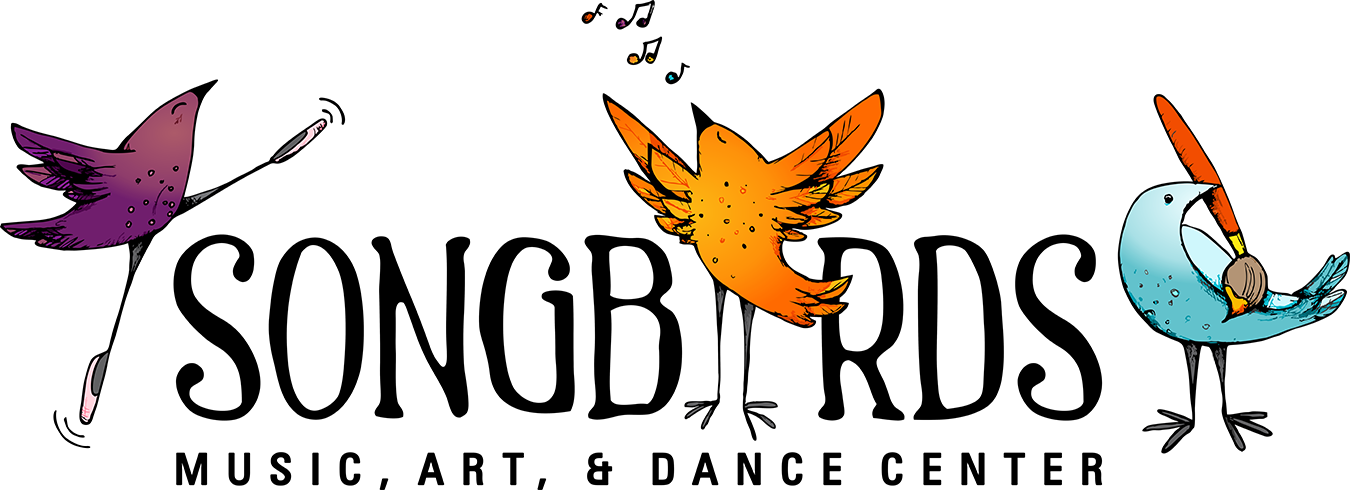How to Use Ionian and Aeolian
No, those aren’t Pokemon, I promise! (Although, if you want to make a musical Pokemon spinoff, I’m all ears!). Ionian and Aeolian are two easy and familiar Musical Modes that you probably already know how to use! If you’ve missed our previous posts in this series, check out Dorian, Lydian, Mixolydian, and Phrygian. After today, we only have one Musical Mode left before you’ve become the very best and caught them all – congrats!
What is Ionian?
Ionian is just a fancy name for our beloved Major Scale. There are no alternations or special tricks. As a reminder, the Major Scale in C looks like this:
C – D – E – F – G – A – B – C
It’s easy to remember how to make a Major Scale in any key by using the following pattern:
Whole – Whole – Half – Whole – Whole – Whole – Half
This pattern reminds us of the order of Whole and Half steps that are between each note. For example, there is a Whole Step between the first two notes of the Major Scale (C and D, in our example). If you can remember the pattern, you can make Ionian in any key!
Using C Major, the chords in C Ionian are as follows:
C – Dm – Em – F – G – Am – Bdim – C
What is Aeolian?
Aeolian is just a fancy name for the Minor Scale. Like with Ionian, there are no special tricks or alternations necessary! We’ll use A Minor because it’s the easiest to visualize – it uses all white keys on the piano and shares the same key signature with C Major:
A – B – C – D – E – F – G – A
If you are trying to get to Aeolian from Ionian, simply lower the third, sixth, and seventh notes. Here’s C Ionian again:
C – D – E – F – G – A – B – C
Now, if we lower the third, sixth, and seventh notes by a half step, we get C Minor, or C Aeolian:
C – D – Eb – F – G – Ab – Bb – C
That’s it! After checking out all those other crazy modes, Ionian and Aeolian are a piece of cake.
Not So Fast!
Wait a minute, what about the other forms of Minor? Minor Scale enthusiasts know that there are three common forms of the Minor Scale. These are Natural Minor, Harmonic Minor, and Melodic Minor. The Aeolian Mode is another name for the Natural Minor Scale. Harmonic and Melodic Minors are not Aeolian.
A Note (pun intended) on Harmonic and Melodic:
Here’s how to make the Harmonic and Melodic Minor Scales if we’re starting from Natural Minor (Aeolian). For Harmonic Minor, simply raise the seventh note of the Natural Minor Scale. The A Harmonic Minor Scale looks like this:
A – B – C – D – E – F – G# – A
That’s opposed to the Natural (Aeolian) Scale that features a G natural, not a G#.
Melodic Minor has an unusual rule: it uses different notes depending on whether you are ascending or descending the scale. On the way up, the Melodic Minor raises the sixth and seventh notes of the Natural Minor. In A, that looks like this:
A – B – C – D – E – F# – G# – A
But, on the way down, the alterations disappear. We are left with the Natural Minor (Aeolian) on the descent:
A – B – C – D – E – F – G – A
The entire A Melodic Minor Scale, ascending and descending, looks like this:
A – B – C – D – E – F# – G# – A – G – F – E – D – C – B – A
Just a reminder: Aeolian only applies to the Natural Minor Scale. It’s still fun to use the other forms, though!
Conclusion:
I hope that this edition of Musical Modes was easy to digest and put into practice. Ionian and Aeolian are always around us, and their sounds are baked into our musical listening experience. Stay tuned for our last installment all about the craziness, wackiest, and strangest mode of all – Locrian! In the meantime, check out our other posts on the Knowlege Blog – and keep practicing!

